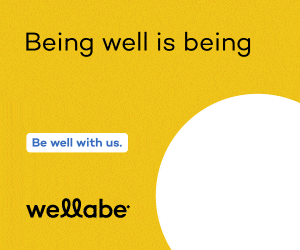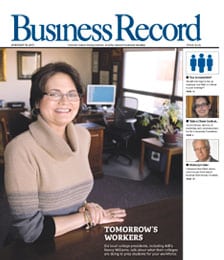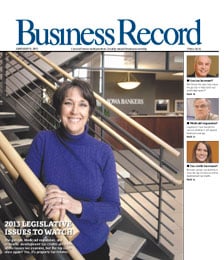Easter Seals takes new approach to doing business

The passage of the Sarbanes-Oxley Act in 2002 left many publicly traded companies scratching their heads and scrambling to find the resources needed to comply with the act’s numerous provisions.
Though non-profit organizations escaped those regulations, Easter Seals Iowa has established an approach to adopting “best practice” techniques that could serve as an example to other Easter Seals affiliates and non-profit organizations nationwide that struggle to manage limited resources.
The organization has partnered with Pioneer Hi-Bred International Inc. and adopted the Six Sigma methodology in order to streamline its processes and thereby be a more responsible steward of donors’ money.
“I think in the long run it is going to help us show people that we run ourselves like a business,” said Easter Seals Iowa President and CEO Donna Elbrecht. “When we can borrow best business practices from the business community, we need to make sure we can do that and shoulder that responsibility. And it really has changed how we do business now.”
Six Sigma was designed for the manufacturing sector, has since been adopted by service companies and has rarely, if ever, been used by non-profit organizations. Pioneer began its work with Six Sigma in 2000 to address issues related to production and supply management, sales, research and administrative procedures. Dan Hoi, director of business improvement systems, said the company has been able to measure its success in using the methodology as it improves the effectiveness of its processes and measures the financial benefits that result.
Through initial discussions with Elbrecht, who had initially approached Pioneer to request funding for an Easter Seals rural solutions program, Hoi and others at the company found the organization had a foundation in place to support Six Sigma. Jason Nielsen, vice president of strategic management at Easter Seals, completed Six Sigma’s five-week training course through funds provided by Pioneer. Through the training, he examined one of the charity’s chronic problems, billing denials, in which bills are not paid when they are initially submitted, and developed a workable solution.
Pioneer worked with Easter Seals’ board of directors to explain the company’s experience with Six Sigma and what its methodology could bring to the organization. Two Pioneer employees worked with Nielsen as volunteer mentors. Elbrecht, who has worked with others at Pioneer to share the information with other Easter Seals affiliates, said the organization could not have successfully implemented Six Sigma without the company’s guidance.
“Like with anything, we could have gotten the books and tried to figure this out, or tried to scrape up the dollars to send someone to the Six Sigma academy,” she said. “I think we probably would have gotten there, but probably much slower.”
Nielsen said the Six Sigma approach, which stresses the elimination of variation, is at least as applicable to non-profit organizations as to for-profit ventures, largely because of their limited resources. Easter Seals faced $440,000 in billing denials in 2004, a sizable sum for an organization its size. But the newly devised approach allowed the organization to save $68,000 in its first project.
“We are forced by our funding, by our staffing structure, to make sure that our processes are as efficient as possible,” Nielsen said.
Elbrecht said a similar partnership and the use of the Six Sigma methodology would be “a nice cultural change” for other non-profit organizations, enabling them to work with teams, identify chronic problems, gather facts and evaluate processes statistically. But she believes Easter Seals’ ability to adopt Six Sigma gives the organization an unmatched level of credibility.
“When you start talking about what differentiates us from other non-profits that are doing good work as well, Six Sigma is one of those things that I’ve been able to say makes us different,” she said. “Not only are we doing good things, but I can show you measurable results, I can show you best-practice tools of Six Sigma that show you we’re taking our work seriously, and that if you invest with Easter Seals, you have more assurance that we’re going to make sure those dollars get results.”
Non-profit fallout
Though the Sarbanes-Oxley Act, passed in response to the corporate and accounting scandals at several corporations, applies only to publicly traded companies, some non-profit organizations believe the act should serve as a wake-up call.
BoardSource, a resource for non-profit board members, said non-profit leaders must demonstrate that they’re governing their organizations effectively or face similar regulations. As a result, they should consider voluntarily adopting some of the act’s governance practices.
“I think for us as a non-profit, we really felt it was better for us to take the lead and come into compliance with what the for-profit sector has to do anyway,” said Donna Elbrecht, president and CEO of Easter Seals Iowa.
Easter Seals, both nationally and in Iowa, has adopted most of the act’s provisions, which Elbrecht said allows the organization to achieve its mission and manage funds responsibly.







